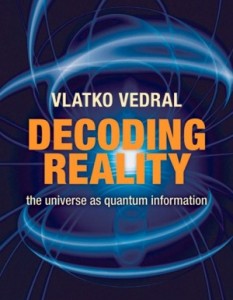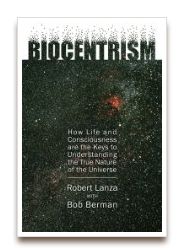I’m reading The Girl Who Kicked The Hornet’s Nest by Stieg Larsson. The final book (Larsson died in 2004) featuring Lisbeth Salander, ” the best hacker in Sweden.” I’m not spoiling anything by sharing this passage of what has to be one of the more secure log-in’s:
“She started by going to a website that advertised rather uninteresting pictures by an unknown and not especially skilled amateur photographers named Gil Bates in Jobsville, Pennsylvania. Salander had once checked it out and confirmed that the town of Jobsvile did not exist. Nevertheless, Bates had taken more than 200 photographs of the community and created a gallery of small thumbnails. She scrolled down to image 167 and clicked to enlarge it. It showed the church in Jobsville. She put her cursor on the spire of the church tower and clicked. She instantly got a pop-up dialog box that asked for her ID and password. She took out her stylus and wrote the word Remarkable on the screen as her ID and A(89)Cx#magnolia as the password.
She got a dialog box with the text [Error–you have the wrong password] and a button that said [OK–try again]. Lisbeth knew that if she clicked on [OK–try again] and tried a different password, she would gt the same dialog box again–for years and years, for as long as she kept trying. Instead she clicked on the ‘o’ in Error.
The screen went blank. Then an animated door opened and a Lara Croft-like figure stepped out. A speech bubble materialized with the text [WHO GOES THERE?]. She clicked on the bubble and wrote Wasp. She got the instant reply [PROVE IT–OR ELSE…] as the animated Lara Croft unlocked the safety catch on her gun. Salander knew it was no empty threat. If she entered the wrong password three times in a row the site would shut down and the name Wasp would be struck from the membership list.”
Which reminded me of this password (to the CIA database) from the novel, Bangkok Tattoo:
AQ82860136574X-Halifax nineteen [lowercase] Oklahoma twenty-2 BLUE WHALE [all uppercase] Amerika stop 783




 I’ve read most of Seth Godin’s books and I’m a daily reader of
I’ve read most of Seth Godin’s books and I’m a daily reader of